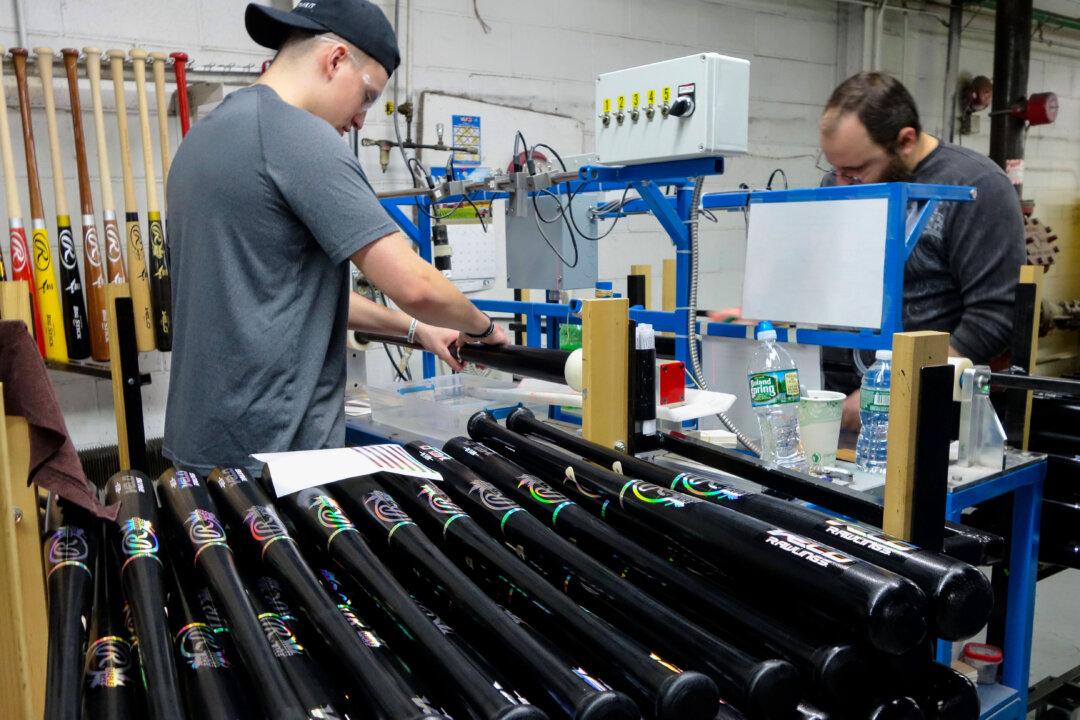Kaiser Permanente’s 75,000 union workers and negotiators are the latest to walk out of work in a strike year that has seen more than 100 so far. According to the Cornell University School of Industrial and Labor Relations, those strike actions in 2023 represent a 65 percent increase from 2022. But the question remains: Are these strikes a winning proposition for employees who join the picket line, put their jobs at risk, and, in the case of the current United Auto Workers (UAW) strike, attempt to live on a strike fund of $500 a week?
“Every single strike has to be weighed on its own merit. Does it make sense? Where are the risks and rewards?” Dr. Sheldon H. Jacobson, Ph.D., of the University of Illinois at Urbana-Champaign, said to The Epoch Times. “When you look under the cover of the UAW strike and the data around it, you see a union that’s designed to be on strike. But I wonder why, when you look at the UAW leadership and how much money they make compared to the workers, no one talking about that?”
The UAW originally asked for a 40 percent hourly wage increase for its workers over the next four years. The current average wage for a UAW member working on a manufacturing production line is currently $28 an hour, according to the Bureau of Labor Statistics. Prior to his election this year as UAW president, Shawn Fein earned $160,000 as an administrative assistant. Former president Raymond Curry made $267,126 in 2022.
The UAW and the Big Three auto manufacturers have been locked in a tense contract negotiations for weeks, with a slight chance the 25,000 workers now on the picket line could reach a settlement by the end of the week. Dr. Jacobson believes that the timing of the strike was more about a high level of strike funds than worker concessions from Ford, General Motors (GM), and Stellantis.
“The people who get the most benefit from striking is the union leaders and the demands they’re putting forward are unfeasible. They wanted to be on strike for a while and bring the strike fund closer to the lower end to the $650 million level and as soon as they get close to that, they’re going to settle,” he said.
Meanwhile, the negotiations between the Coalition of Kaiser Permanente Unions and the healthcare provider continue around the clock, with some reports of progress being made. The planned three-day work stoppage began on Wednesday morning.But for the protracted strike negotiations like those currently ongoing with the UAW, some believe that while the premise of a strike is to get workers the best deal possible, little thought is given to the overall cost paid by workers who leave their jobs to support their unions.
“Ultimately, it’s the workers who are most affected by this. That’s the risk you run in being the pawns for some of these big picture salary gains,” Detroit area labor and employment attorney Brett Miller with Butzel Law told The Epoch Times. “Sometimes no one wins from these strikes and it can come down to the battle of attrition that creates this mutually assured damage. My instinct tells me that this one [the UAW strike] is going to be a long one.”Some of the Big Three automakers have had to make decisions directly related to striking employees who may not have jobs to return to once it’s settled. GM, for example, has laid off around 2,000 employees since the strike began, with Ford laying off an additional 930.
With the potential of job loss and living for a long stretch of time on strike pay of $500 per week, 17-year UAW member Debbie Oszust told Saginaw, Michigan, TV station WNEM 5 that she’s been getting ready for this her entire life. “You have to change a lot of things—go get loans if you don’t have the money, put it away in the bank, change your bills around,” she said. “My whole lifestyle is different, and my husband is disabled at home, so I’m the sole supporter of my family.”
The last UAW strike in 2019 lasted 40 days and specifically targeted GM, taking a huge chunk of profit away from the company and its employees. “GM lost $2.6 billion in earnings and workers lost a billion in lost wages. So at this point, it’s really just mutual pain with the current economy and inflation and a $500 strike fund paycheck a week can create hardships,” Mr. Miller said.
The current UAW strike is the first to target all Big Three players at the same time, and one of the negotiating points is that the union is demanding a 32-hour workweek, a demand some believe could bankrupt the automakers.
According to a filing with the Securities and Exchange Commission, the strike thus far has cost GM $200 million. The UAW is expected to provide an update on its negotiations via Facebook Live sometime on Friday.





